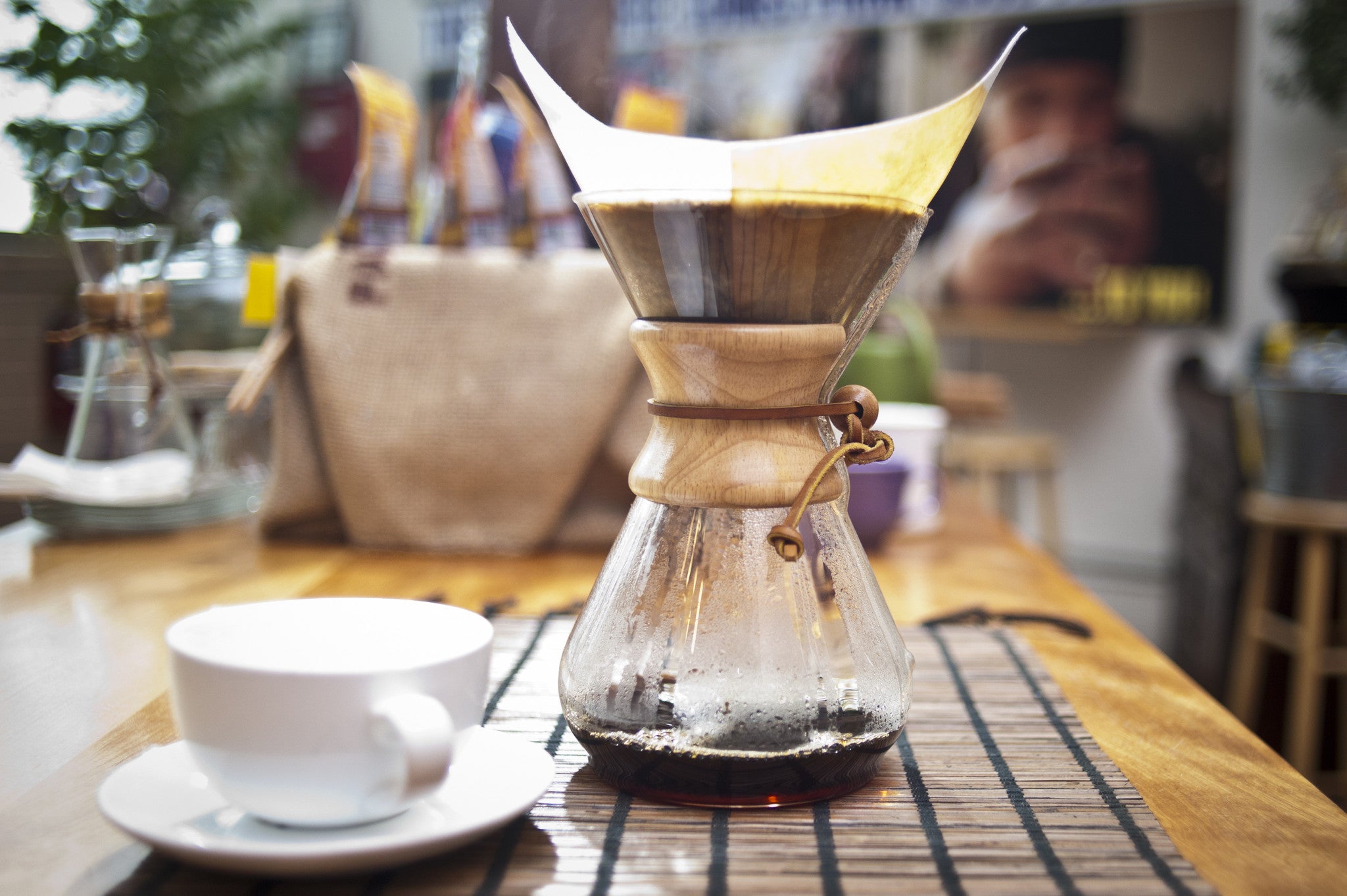When you hear the word “acidity,” you might think sour, tangy, bitter, sharp. But the term is used in at least three ways in the coffee world:
1. Coffee enthusiasts and aficionados identify acidity as the dry, bright, and sparkling sensation that sets a high-quality, high-grown coffee apart from a mundane, lower-grown coffee. Admittedly, this is the rather snooty way of looking at the issue, though it is true that many highly-prized coffees are grown at high elevation and are characterized by their bright, nuanced qualities.
2. On the scientific side, acidity is something to be measured on the pH scale, which uses 7.0 as an indicator of neutrality, numbers under 7 as more acidic and numbers above 7 as lower-acid (or basic). Lemon juice registers at about 2.0; milk at 6.5. A typical higher-acid breakfast blend coffee might land somewhere around 4.7. (Note that "black coffee" is marked on the scale below as a 5; this is an average and certainly not universal.)
3. Many other coffee drinkers see acidity as something that makes their tummy hurt—an unpleasant, astringent quality that disrupts their enjoyment of their daily brew.

More and more lately, many coffee drinkers are starting to look for “low-acid” coffees, usually because of a doctor’s recommendation or simply a yucky feeling in their stomach after drinking their daily cup (or ten). And while we could get out the pH strips from the old science kit and start testing every cup, the truth is that it’s more complicated than that. pH level doesn’t always equate directly to a person’s experience of a particular coffee. Luckily, though, there are other ways to identify coffees that are low-acid.
“Treating the beans or dumping antacid compounds into them, or dark roasting them to the limit of possibility,” says Kenneth Davids of Coffee Review, “is not nearly as effective in producing a fine flavorful low-acid cup as finding a lower grown coffee with naturally low acidity that has been picked and processed with care and brought to a moderate roast that develops the sugars without burning them.” Here at HG, we never add anything, instead relying on a naturally-lower-acid green bean and a medium-to-dark roast level that compliments origin. Dark roasting reduces acidity, but it can also mask origin profiles—so it’s important to consider the origin qualities of the green beans before roasting the heck out of them. Some coffees with robust, burly flavor qualities like dark chocolate and earthiness can hold up to a darker roast and still let those qualities shine through. But more delicate qualities, like citrus, berry, or herbal notes, are likely to disappear behind the qualities of the roast itself.
At risk of contradicting what we said above about pH not always equating to physical experience of a coffee, we should share that in some of his research, Davids was surprised to find that tasters’ perceptions of acidity (tanginess or brightness on the palate) were actually quite good at tracking actual pH levels of the coffees. So if you’re on the quest for a low-acid option, try a few varieties and trust your senses. Your experience is the most important thing!
Cold-brewing extracts considerably less of everything from coffees, including acids, so that’s definitely an option. Many enjoy the sweet smoothness of cold brew, which joins our Coffee Bar menu during the warmer months. You can buy your own cold brew system as well; we recommend the Filtron. Choosing a milk-based espresso drink like a latte or cappuccino is another great way to enjoy a little coffee without irritating a sensitive stomach.
Higher Grounds’ lowest-acid coffees are medium-dark roast Peruvian Pangoa, dark roast Sumatran (which fits the lower-acid-by-origin AND the dark roast bill), dark roast Mexican Yachil, and medium-dark roast Bolivian Caranavi.
Want to learn more? Check out our other post about coffee acidity here.





